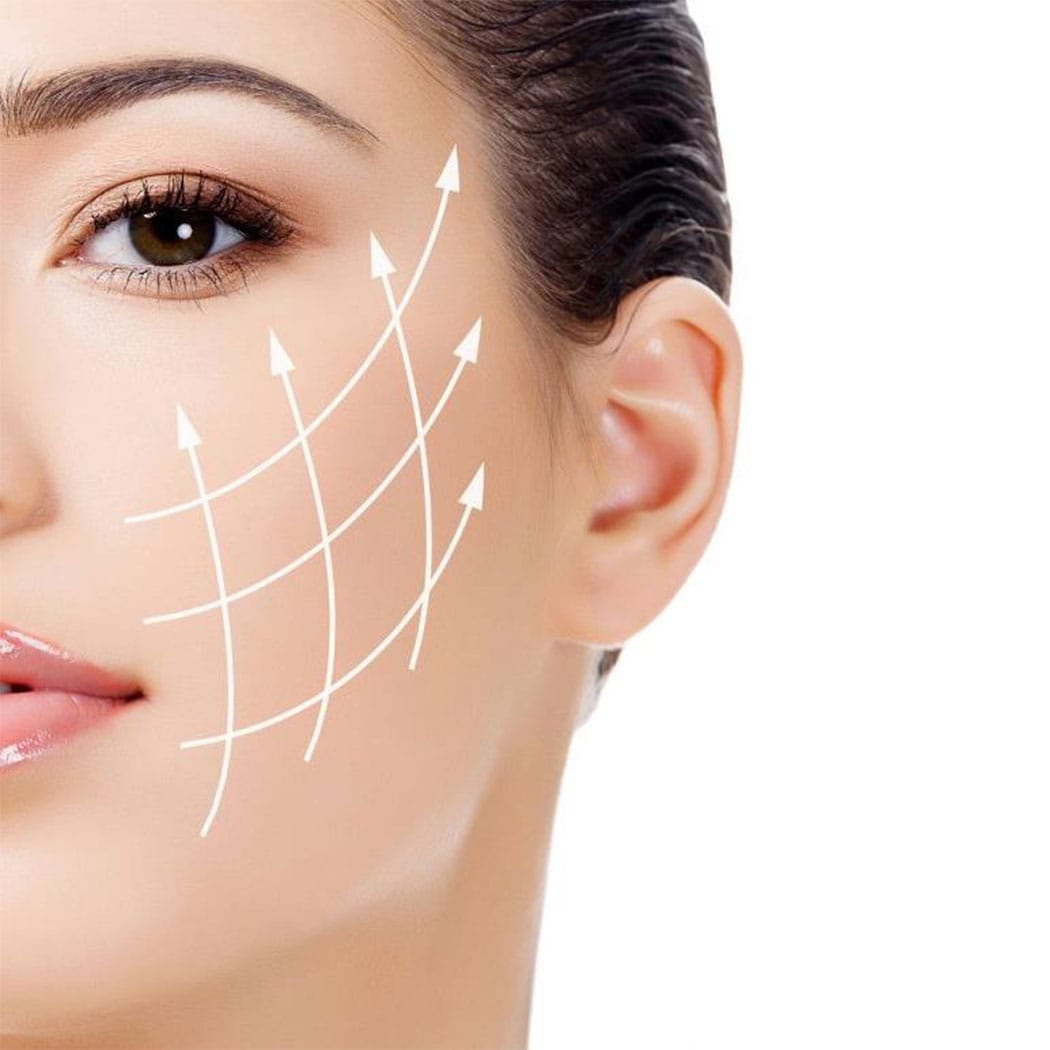What is Laser Hair Removal
What is Laser Hair Removal
What is Laser Hair Removal
Why Plasma Pen?
As we age, the dermal layer thins, less collagen is produced, the elastin fibres which provide our elasticity wear out and all these changes in the scaffolding of the skin cause it to wrinkle and sag. In simple terms – our skin loses laxity & texture as we grow older. It becomes loose, it sags and lines & wrinkles appear. Think of it like the scaffolding of a building – when it begins to rust, weaken and become unable to bear loads or maintain flexibility then it will eventually
sag and collapse.
Plasma Pen and our pioneering blepharoplasty, sublimation and soft-surgery fibroblasting technique is designed to help dramatically repair, reverse & mitigate all these effects using stateof- the-art technology, proven science, sophisticated technique, best practice training of our Elite Technicians and the pre and post treatment care.
Plasma Pen: Fibroblasting
By targeting fibroblasts in the dermis, we kick-start collagen production, alignment and cross linking with elastin and this helps reduce your lines and wrinkles by inflating, plumping and lifting your skin from below. We help re-build and strengthen the scaffolding within your dermis to give it back its elasticity and flexibility. Increased levels of Type III collagen production occur for months after the micro-trauma we create which then synthesises into tougher Type I collagen. The activation of the inflammatory response by Plasma Pen actually helps prevent future negative behaviours (such as stiffness and stress relaxation). Collagen structures are better able to accommodate load/overload and we help repair deformation to the elasticity of your collagen molecules. All these positive changes we make with Plasma Pen underpin tissue stability. We also encourage neovascularisation (the formation of new blood vessels) and the release of growth factors. These growth factors include cytokines which are small proteins important in cell signalling and which help modulate our immune response, cell aging & the growth of new cells. They’re particularly important as they stimulate cell repair and new cell production.
Plasma Pen: The Gift That Keeps Giving
The inflammatory response which occurs during the healing process also activates “M2 Macrophages”. These are white blood cells that engulf and digest cellular debris and decrease the inflammation we cause.
Plasma Pen also stimulates the migration of “basal keratinocytes” up to the surface of the skin. Wounds to our skin are repaired, in part, by the migration of keratinocytes from the basal layer of the skin and they fill-in the gaps created by the micro-wounds we create.
Ultimately, Plasma Pen is the gift that keeps giving because we usually achieve immediate results and those results then improve significantly over the coming months. Thanks to our ultra-fine 0.4mm nano-probes, our on-demand and spectacular plasma delivery and ergonomic design; we are able to create more trauma but do so with much more precision. This has been proven over tens of thousands of treatments worldwide to deliver shorter downtimes, faster recovery and far superior results. Effects last around 3 years although many results are permanent.
Plasma Pen vs Cosmetic Surgery
- Plasma Pen is the only treatment outside of Plastic Surgery which can be performed on the eyelids (blepharoplasty)
- We perform many of the other sought-after treatments too – often with similar effects – just without invasive surgery
- No injectable anaesthetic required
- No scalpels, no cutting and no ablation of the skin
- No stitches and suturing required – and no scars
- Very low risk procedure with minimal side effects and very short downtimes – especially with our device
- Quick and easy procedure with rapid recovery – most patients able to return to work the same day
- No thinning of the skin and much more uniform than ablative resurfacing using lasers
- No asymmetries and no overcorrection
- Enormous cost savings compared to comparable alternatives
- Long-lasting and natural results – usually around 3 years

